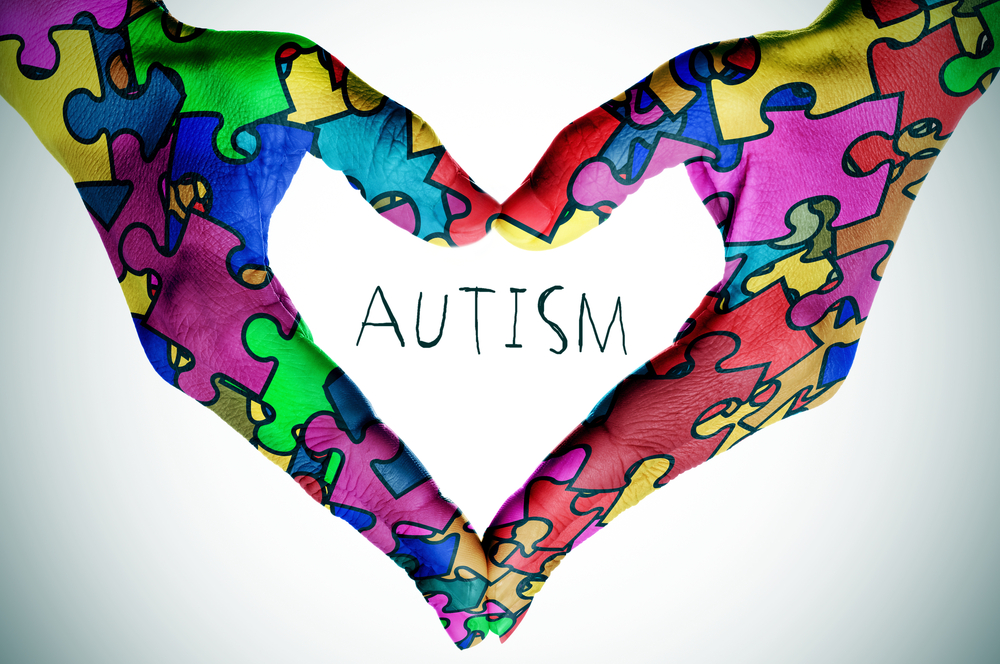
Developmental impairment is known as autism spectrum disorder (ASD) and is brought on by variations in the brain. Some ASD sufferers have a recognized distinction, like a genetic disorder. Other factors are still unknown. ASD is thought to have a number of underlying reasons that interact to alter how people typically develop. There is still a lot we don’t know about these factors and how they affect people with ASD.
People with ASD may behave, interact, communicate, and learn differently than most other people. Frequently, their appearance does not distinguish them from others. People with ASD might have a wide range of abilities. For instance, while some ASD sufferers are nonverbal, others may have superior conversational skills. Some persons with ASD require a lot of assistance in their daily life, while others may function independently and work.
ASD usually manifests before the age of three and can last the rest of a person’s life, though symptoms occasionally become better with age. ASD symptoms can appear in some kids within the first year of life. Others might not experience symptoms until they are 24 months old or older. Some ASD children develop new skills and reach developmental milestones up until the age of 18 to 24 months, at which point they cease doing so or lose the abilities they previously possessed.
Adolescents and young adults with ASD may struggle to make and keep friends, communicate with peers and adults, or comprehend what is appropriate behavior in the workplace or at school. They might be noticed by medical professionals if they also have disorders like anxiety, depression, or attention-deficit/hyperactivity disorder, which affect persons with ASD more frequently than those without ASD.
Symptoms and Signs
People with ASD may struggle with confined or repetitive activities or interests, as well as social communication and engagement. Additionally, people with ASD may learn, move, or pay attention in various ways. It is crucial to remember that some individuals without ASD may also experience some of these symptoms. These features can make life extremely difficult for those who have ASD.
Diagnosis
Since there is no medical test, such as a blood test, to diagnose ASD, doing so can be challenging. To determine a diagnosis, doctors consider the child’s behavior and developmental stage. ASD can occasionally be identified in children as young as 18 months. A valid diagnosis made by a qualified expert can be assumed by the age of two. 1 However, a lot of kids don’t get a definitive diagnosis until they’re considerably older. Some patients don’t receive a diagnosis until they are teenagers or adults. People with ASD may not receive the early assistance they require as a result of this delay.
Treatment
The goal of current ASD therapy is to lessen symptoms that affect everyday life and quality of life. Because ASD has a distinct impact on each individual, each person with ASD has various strengths, problems, and treatment needs. 2 Treatment programs are often customized for each patient and involve a number of providers.
Risk Factors
ASD is caused by a variety of factors. Environmental, biological, and genetic factors are only a few of the many that have been shown to increase a child’s risk of having ASD.
Although we don’t know much about particular reasons, the data suggests that the following factors may increase a child’s chance of autism spectrum disorder:
- having an ASD sibling
- having specific chromosomal or genetic abnormalities, such as tuberous sclerosis or fragile X syndrome
- problems during childbirth
- having elderly parents
Contact Me
If you need a consultation from a professional for any reason, do not hesitate to contact me now!